Herbert von Karajan established the Easter Festival in Salzburg 50 years ago with a production of Die Walküre that is now considered legendary. In the sense that legends are rooted in memory, and mythological in substance, that much is true. Which is not to damn it with faint praise. This revival, staged by Vera Nemirova, was an old-fashioned representation of Wagner and many Wagnerians, having endured too many modern presentations of the Master, who has suffered more than any other composer from the curse of Regietheater, would say that that is No Bad Thing.
A giant ash tree, in whose hollowed-out trunk reside Hunding and Sieglinde, was the single, simple prop for the first act. The vast second act, the most significant dramatic stretch of the Ring cycle, its natural pivot, was played out on a ring-shaped walkway which, in the final act, became the rocky crop on which Wotan sends Brünnhilde into a sleep that will only be disturbed by Siegfried one whole opera later. There was little tonal variety, grey being the favoured colour, which works for a world of myth — it is not Chitty Chitty Bang Bang.
If you had ever yearned to see, one more time, valkyries wearing breastplates and winged helmets this was a show to warm the cockles. The beginning of the third act, which is often an excuse to indulge in bad acting and gormless capering, worked very well here. Nemirova lined up the nine warrior-maidens first diagonally along the battlements and then across the front of the stage, as guardians. No bad acting. No capering. But some very good singing.
Musically it was superb. Christian Thielemann, who grew up, quite literally, at Karajan’s knee in Berlin, has long been considered, not least by himself, as his musical son and heir. At times, in Beethoven, for instance, the homage he pays to his hero shines a little too brightly. Where does Karajan end, and Thielemann begin? But in Wagner, to borrow a phrase from Philip Larkin, all his compulsions ‘meet, are recognised, and robed as destinies’. There is no conductor alive, with the exception of Daniel Barenboim, so thoroughly immersed in the musical and philosophical world of Wagner.
The Dresden Staatskapelle, the festival’s resident orchestra, played with characteristic grace for their music director. When one thinks of these musicians the adjective usually employed is ‘burnished’, for perfectly good reasons. It is a noble, rounded sound but it is not opulent for the sake of opulence, a criticism that was often levelled at Karajan in his later years. Supple, alert, responsive to Thielemann, never more so than in the emotional surges before Wotan’s farewell to Brünnhilde, this is an orchestra worthy of its reputation.
Vocally it was good, sometimes very good. Anja Harteros was a gleaming Sieglinde, and Vitalij Kowaljow, with his high bass voice, made a sweeter, lighter Wotan than we are used to. High marks also for Georg Zeppenfeld, a virile Hunding capable of real violence, not just malevolence, and for Anja Kampe, delightful of voice and engaging in manner. Here was a proper maiden, not some silly girl. Christa Mayer, clad in ermine, was an imperious Fricka. You couldn’t fault Wotan for wanting to spend as much time away from her as possible.
The only disappointment was Peter Seiffert, who did not sing badly but who is too old for Siegmund. ‘Winterstürme’, that beautiful hymn to spring and young love, made little impression. In his poacher’s coat he looked as if he were about to set off for a long walk across the fells in search of a rabbit or two for supper. But Seiffert has long been a member of the repertory company that services major European houses and festivals, so he was a shoe-in for the part.
Tradition, in terms of programmes and performers, governs this festival. The summer festival, being longer, is also broader. Patrons at the Easter Festival are moneyed, and for that money they expect big names and familiar works. So this year we had symphonies by Bruckner and Mahler, and Mozart’s Piano Concerto No. 21, played by the brilliant young Russian Daniil Trifonov, not one of life’s most natural Mozartians.
This was the third time in a decade that festival-goers had heard that concerto, following performances by Alfred Brendel (magnificent) and Maurizio Pollini (appalling). Yet Mozart composed 27 concertos for the piano, as they know full well in Salzburg, and at least 12 of them are well worth hearing! It is not compulsory to go back to No. 21 time and again.
We also had Fauré’s Requiem for the second time in six years, and next Easter they will roll out Brahms 2 and the Symphonie Fantastique, both of which Simon Rattle conducted on his watch as festival director. No Sibelius, alas, nor Nielsen. Those second-rate northern Europeans! As for Elgar and Vaughan Williams.… Actually, Elgar’s Second Symphony is the sort of work that should be presented in Salzburg, as it grew out of the old German tradition. Would it really upset all those expensively upholstered men and women to hear, just once, an English masterpiece that owes its being to Wagner?
Still, they did Wagner proud this Easter. Carlos Kleiber, a conductor who could hardly be more different from Karajan, used to visit Anif, five miles from Salzburg, to place a red rose on his grave. Half a century after he created this festival, and 28 years since he died, Karajan came to life again through the power of music. Thielemann and his musicians placed a metaphorical rose of their own in the Grosses Festspielhaus, on behalf of everybody who ever heard that remarkable conductor, and we were all the richer.
Got something to add? Join the discussion and comment below.
Get 10 issues for just $10
Subscribe to The Spectator Australia today for the next 10 magazine issues, plus full online access, for just $10.
You might disagree with half of it, but you’ll enjoy reading all of it. Try your first month for free, then just $2 a week for the remainder of your first year.

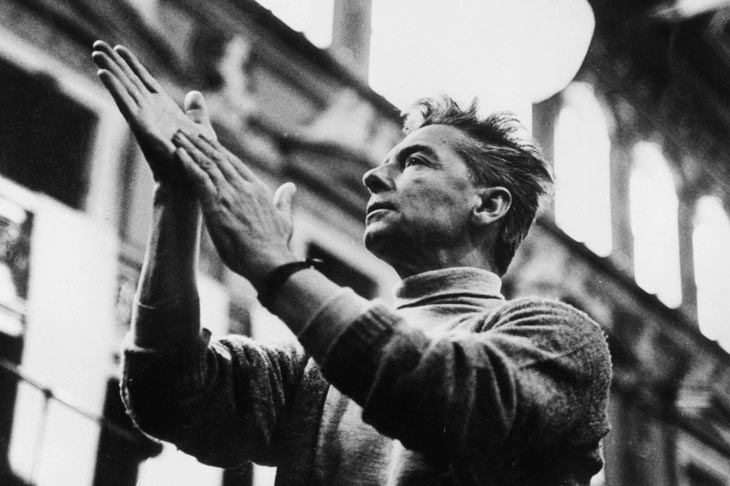

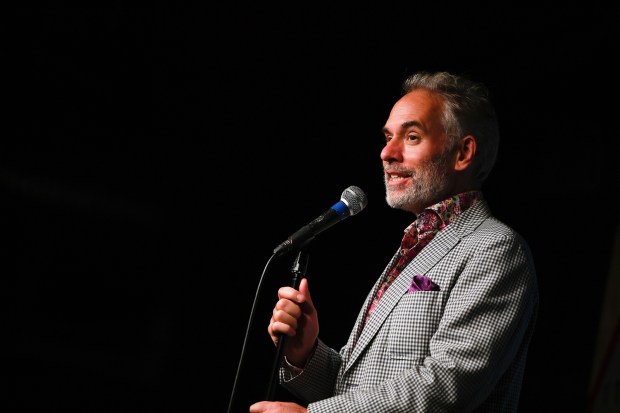
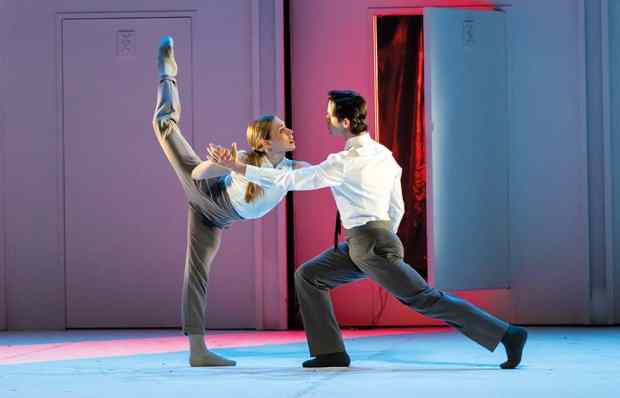
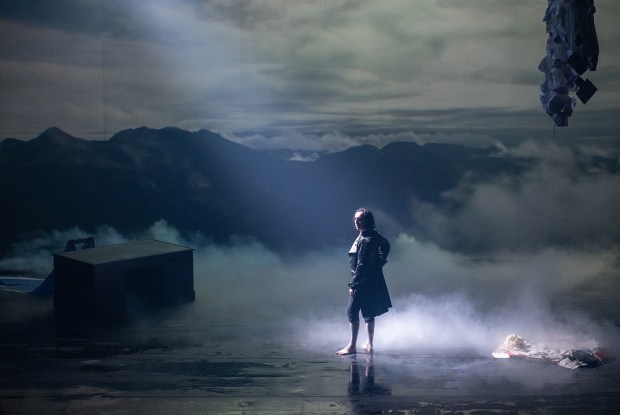
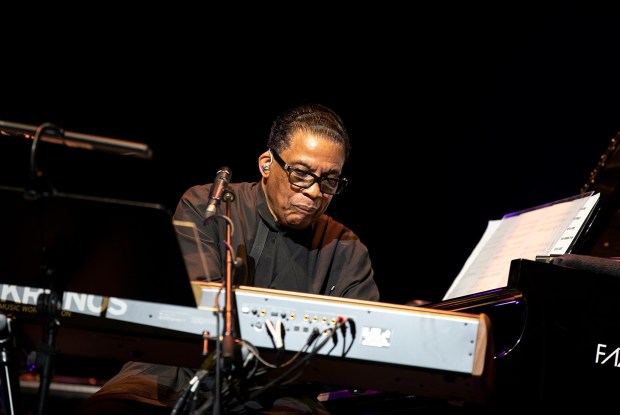







Comments
Don't miss out
Join the conversation with other Spectator Australia readers. Subscribe to leave a comment.
SUBSCRIBEAlready a subscriber? Log in